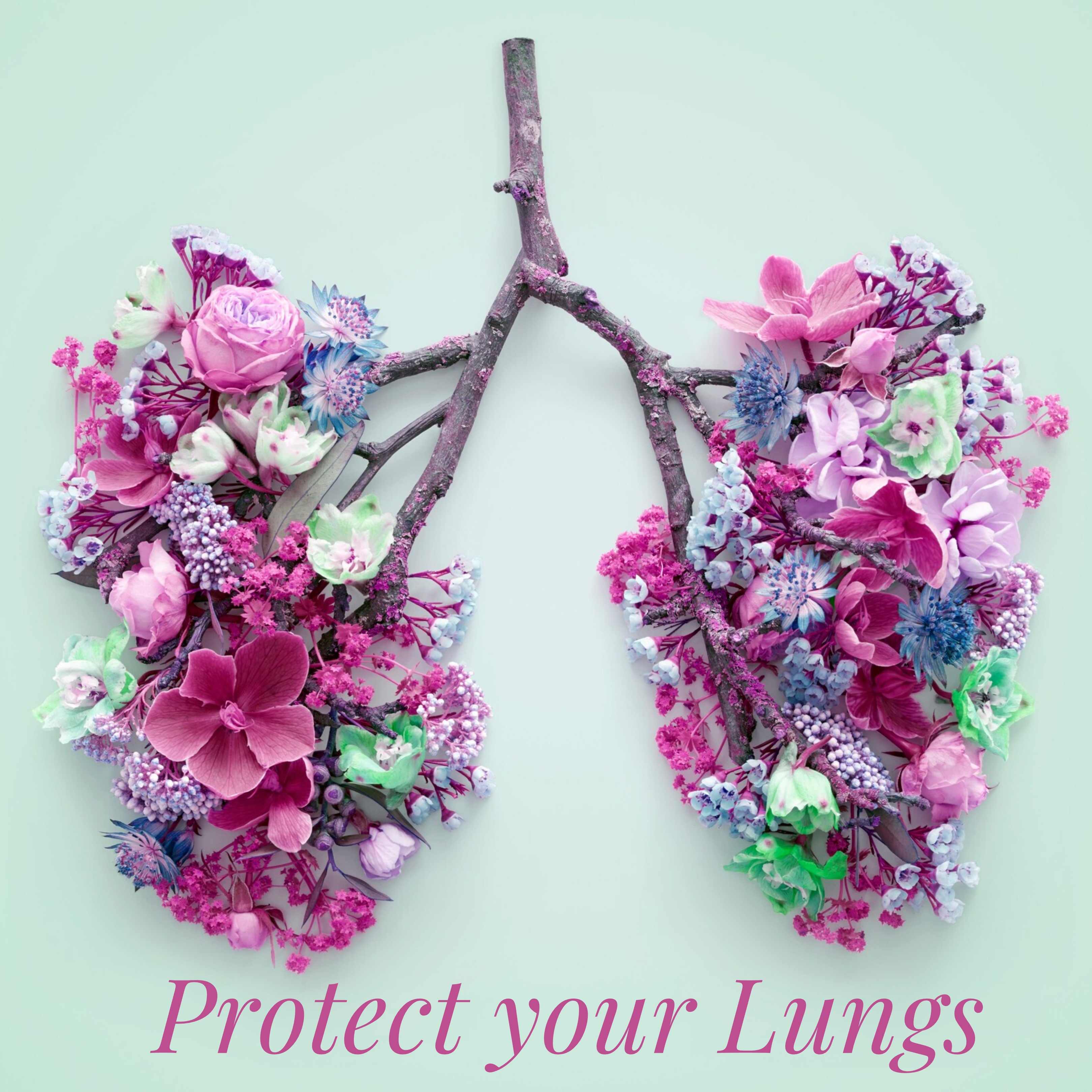
Protect Your Lungs
By Joanie in Health Tips on 26 March 2020
The lungs play a crucial role within our bodies as they are responsible for the exchange of oxygen and carbon dioxide that keep our heart, brain and other parts of our bodies healthy. It’s often not until we experience difficult in breathing that we take notice. However the truth is, like the rest of our body, our lungs need exercise, care and attention. Just as physical exercise can improve heart function and strengthen our muscles, breathing exercises can help strengthen our lungs and make them more efficient.
Luckily, there are breathing exercises that we can do to help maintain and increase our lung capacity, making it easier to keep your lungs healthy and get your body the oxygen it needs.
1.) Pursed lip breathing is an exercise that can help to keep the airways open for longer to help air flow. The exercise is easy to perform, and people can do it almost anywhere.
To do pursed lip breathing:
- Sit up straight. Practicing good posture can help promote better lung movement.
- Breathe in deeply through your nose in a slow, controlled fashion.
- Purse your lips, which is much like making a “kissing” face where your lips are almost, but not quite, touching.
- Breathe out through your pursed lips, making a goal of breathing out twice as long as breathing in. Some people may find it beneficial to set a timer, such as focusing on breathing in for 5 seconds and exhaling for 10 seconds.
This exercise can be helpful for someone who is not as physically active as some others and may not be using their breathing muscles as frequently.
2.) Belly breathing /Diaphragmic Breathing is an exercise that focuses on targeting and strengthening the diaphragm muscle that allows a person to take a deep breath.
- Rest your hand or another lightweight object on your stomach.
- Breathe in slowly through your nose to note how your stomach rises and falls when breathing.
- Breathe out through your mouth.
- Breathe in through your nose again, this time trying to get your stomach to go up more than it did with the previous breath.
- Try to exhale for a much longer time than when you inhale, such as two to three times as long.
- Periodically, roll your shoulders forward and backward and move your head side to side to ensure you are not building tension in your upper body.
This exercise is from the American Lung Association and helps to improve the rate at which the lungs fill and empty air. A person can practice belly breathing and pursed lip breathing for about 5 to 10 minutes every day to enhance their lung function.
3.) Interval Training is for those who have problems with breathlessness and shortness of breath while exercising. This training may be a good alternative than steady-state exercise as it allows the lungs to recover before challenging them again.
Interval training involves alternating a more challenging exercise with a slower recovery period.
Examples include walking or running at a very fast pace for 1 minute, then walking more slowly for 2 minutes. Similarly, a person may perform a weightlifting activity for 1 minute, such as bicep curls or lunges, then step to the side or walk at a gentle pace for 2 to 3 minutes.
